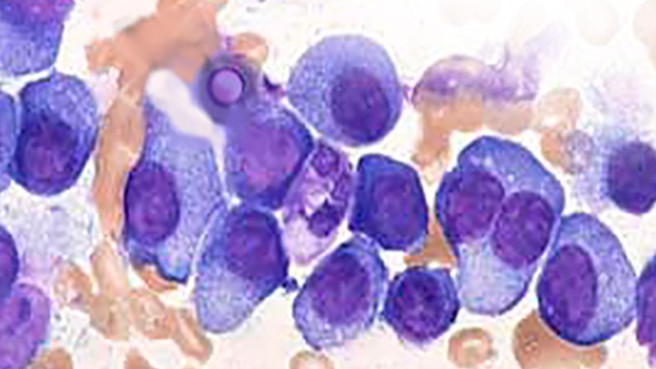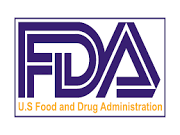“As the therapeutic agents for MM continue to evolve, the timing, duration, and sequence of their use in combination with ASCT will be crucial to understand to obtain the deepest response and survival benefit for patients with MM…”
Hi David- I was diagnosed in June 2021 with Multiple Myeloma and am currently receiving Revlimid, Velcade and Dexamethasone. I will have an autologous stem cell transplant (ASCT) when my numbers are where my doctors would like them.
Could you, would you please share any information you have on Autologous Stem Cell Transplantation? I was struggling with this decision whether or not to have an ASCT and was told that it would be the best time to do this now as opposed to waiting.
- Are there any important questions I should be asking my doctors that I may not know?
- I would greatly appreciate any information you would be will to share with me.
- Would you please send me your nutrition guide. No one ever emphasizes how important diet is. Thank you!
Dear NDMM Patient-
I am sorry to read of your MM diagnosis though good to see you are managing your overall health. I agree that anti-angigoenic foods and supplements must be emphasized. I will send you the nutrition, intro and cannabis guides separately.
First and foremost, many newly diagnosed MM patients struggle/wonder if an ASCT is their best course of therapy. Several issues for you to consider.
- Many studies clearly find that ASCT increases “PFS” aka progression-free survival. PFS is your first remission. PFS is not OS aka overall survival. What is rarely discussed with the patient, is the increased risk of short, long-term and late stage side effects that come with aggressive, high-dose therapy. An ASCT is aggressive, high-dose therapy.
- Many studies cite novel therapies (everything from revlimid, velcade, kyprolis, darzelex, etc. etc.) as providing a comparable PFS and a longer OS with less toxicity and reduced risk of short, long-term and late stage side effects.
- Your age relative to your goals- Oncology thinks in terms of length of life. Never quality of life. High-dose, aggressive toxicity increases the risk of pain and suffering brought on by side effects. Pain and side effects reduce the patients quality of life.
- Response to induction therapy– Research clearly indicates that if the patient (you) reaches either MRD, sCR, CR or VGPR, from his/her induction therapy (4-6 courses of RVd), the long-term benefit of an ASCT is questionable. By questionable I mean that there is no evidence that more aggressive chemo with provide any benefit- either PFS or OS. But again, there is the risk of side effects.
- If the patient does not respond well to induction therapy, for example, the patient achieves only a partial remission, an ASCT has been shown to cause a deeper remission, on average, and therefore a longer PFS and often a longer OS.
Because the standard-of-care for all newly diagnosed MM patients is induction, an ASCT and maintenance therapy, oncology is obligated to prescribe this therapy plan to all NDMM patients.
This is how the FDA works. This is why some people talk about “one size fits all “ medicine.
In my experience, the best course or action is to take decision-making one step at a time. This is more effort, more thinking on your/your oncologists part.
- see how you respond to your induction therapy- both your response, any side effects such as CIPN, see how you feel.
- —add evidence-based but non-conventional, non-toxic therapies to your program- nutrition, supplementation, lifestyle
- If you reach MRD, sCR, CR, VGPR, stop therapy, give your body a chance to heal, possibly collect stem cells to possibly have an ASCT when you relapse if you choose.
- If you have a difficult time with induction (which many people do) you may have to reduce your chemo, take a vacation from it, change the chemo cocktail, etc.
- If you feel okay with induction but do not reach a deep response, you may want to proceed with an ASCT.
But this is all a step by step process. After all, this is serious decision-making here.
This is my experience anyway.
This is probably more explanation than you wanted.
Let me know if you have any questions.
- MM Survivor
- MM Cancer Coach
- Director PeopleBeatingCancer
Recommended Reading:
“There is a profound disagreement over whether early stem cell transplant (SCT) should still be characterized as a standard early intervention for multiple myeloma (MM), even in relatively young patients…
“The treatment of multiple myeloma is no longer a 100-yard dash; it is a marathon,” According to Dr. Berenson, better-tolerated, newer drug therapies now produce response rates that rival those produced with SCT, while preserving future options when the cancer progresses…
“Patients need to be able to avail themselves of the opportunity to seek the newer therapies. Reducing that ability with too much prior treatment at too high of a dose is detrimental to their long-term outcomes, which not only includes their overall survival but their quality of life,” Dr. Berenson said…
“The advent of novel therapies, such as immunomodulatory agents, proteasome inhibitors, and monoclonal antibodies, has led to unprecedented levels of deep hematologic responses. Nonetheless, studies show that ASCT has an additive effect leading to additional deepening of responses. As the therapeutic agents for MM continue to evolve, the timing, duration, and sequence of their use in combination with ASCT will be crucial to understand to obtain the deepest response and survival benefit for patients with MM…
Timing of ASCT
Although many trials have confirmed the survival improvements of ASCT compared with not undergoing this treatment, how these survival improvements are related to the timing of ASCT after diagnosis of MM remains uncertain. Albeit before the era of novel agents, the first phase III RCT to address the timing of ASCT demonstrated that, whereas upfront ASCT is associated with superior PFS, no differences are observed in OS by delaying ASCT to the time of relapse.16
Results of the IFM 2009 trial prospectively confirmed these findings by showing that, with novel agent triplet induction therapy using V, lenalidomide (R), and D, upfront ASCT improved median PFS (50 v 36 months), but had similar 4-year OS compared with ASCT upon experience of first relapse.5
In conclusion,
ASCT should remain an integral part of the treatment of patients with both newly diagnosed and relapsed MM. The advent of novel agents incorporated into induction, conditioning, consolidation, and maintenance regimens in relation to ASCT have deepened the hematologic responses and conferred both PFS and OS benefits, even in patients with high-risk disease. The role and timing of ASCT will continue to have to be defined, as next-generation novel therapies continue to be developed and as our ability to detect MRD continues to improve.”




